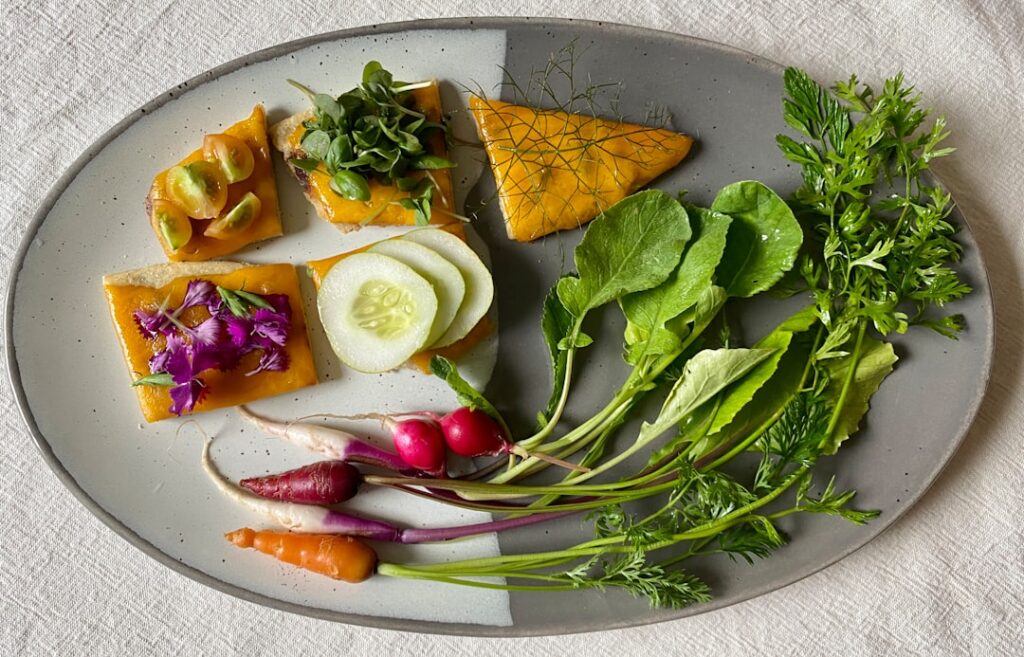Let’s be honest, the phrase “balanced plate” sounds a bit…clinical. It conjures up images of meticulously measured food groups and a strict adherence to dietary guidelines that feel restrictive rather than liberating. For a long time, that’s exactly how I felt about it. I was constantly battling the yo-yo effect of dieting, feeling frustrated and deprived. My plates were often overflowing with calorie-dense, nutrient-light foods, leaving me feeling sluggish and unsatisfied.
Then, something shifted. I realized that the key to a healthy relationship with food wasn’t about rigid rules, but about building a mindful awareness of what I was eating and why. It wasn’t about deprivation, but about nourishment. This journey to a balanced plate wasn’t a diet; it was a lifestyle change.
My first step was acknowledging my bad habits. I was a master of the “clean plate club,” always feeling obligated to finish everything on my plate, regardless of how full I felt. I also had a tendency to underestimate portion sizes, especially when it came to snacks and treats. And, honestly, my plate often lacked the vibrant colors of fruits and vegetables, heavy instead on processed foods.
To combat this, I started small. I invested in some smaller plates and bowls. This simple trick made a surprisingly big difference. My portions naturally decreased, and I felt satisfied with less food. It’s amazing how much our perception of portion size is influenced by the size of our plates!
Next, I focused on nutrient density. I started by asking myself: “Is this food providing my body with essential nutrients, or is it just empty calories?” This question helped me make more conscious choices. I replaced processed snacks with fruits and vegetables, opting for nutrient-rich options like berries, leafy greens, and colorful bell peppers.
I also learned to read food labels more carefully, paying close attention to serving sizes and the amount of added sugar, sodium, and unhealthy fats. This wasn’t about eliminating these things entirely, but about being more mindful of their consumption.
Building a balanced plate isn’t about perfection; it’s about progress. Some days, I nail it – a beautiful plate filled with vibrant colors and a satisfying mix of protein, carbohydrates, and healthy fats. Other days? Not so much. There are days when pizza wins. And that’s okay. The key is to not let a “bad” day derail my overall progress. I simply adjust my eating habits the next day and keep moving forward.
One of the most helpful techniques I discovered is the “plate method.” I aim to fill half my plate with non-starchy vegetables, a quarter with lean protein (chicken, fish, beans, lentils), and a quarter with whole grains or starchy vegetables (sweet potatoes, quinoa). This simple framework provides a great starting point for creating balanced meals.
Another crucial element is mindful eating. I now take my time to savor each bite, paying attention to the textures, flavors, and smells of my food. This helps me feel more satisfied with less, reducing the likelihood of overeating.
My journey to a balanced plate has been transformative. It’s not just about weight management; it’s about feeling energized, focused, and connected to my body. It’s about appreciating the nourishment food provides and developing a healthy, sustainable relationship with eating. It’s about finding my own plate zen. And, I believe, you can find yours too. Start small, be kind to yourself, and celebrate the progress you make along the way.

